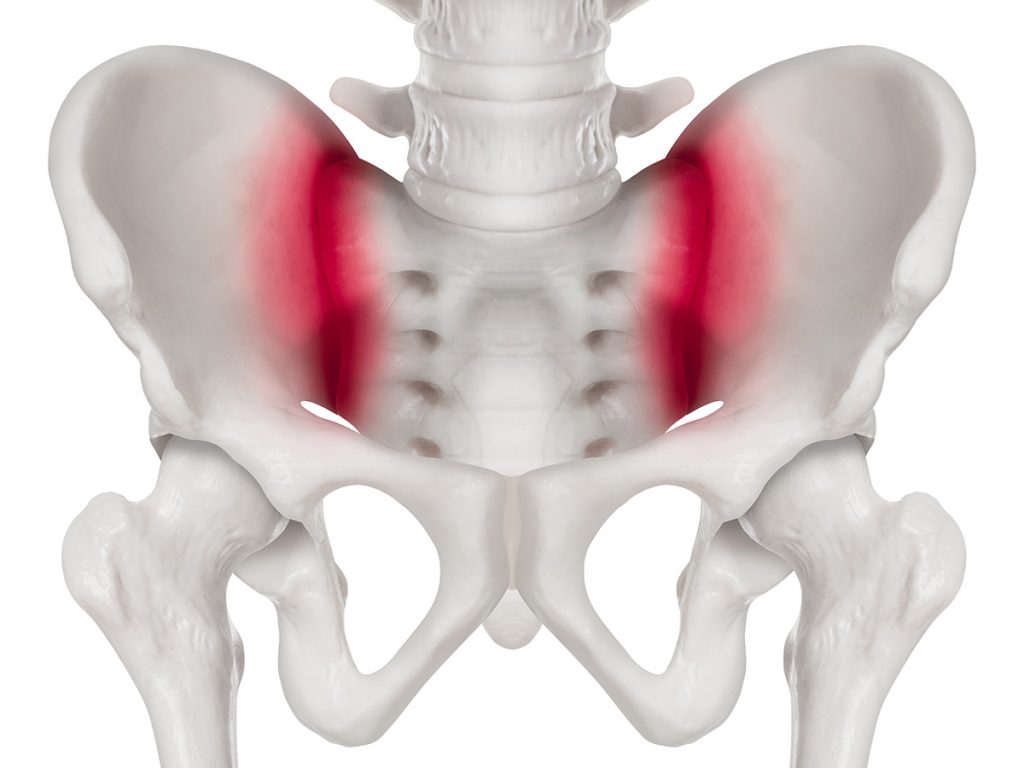Dr Lee sees patients with Sacroiliac Joint Dysfunction.
Sacroiliac joint dysfunction can be a great mimicker of other spinal conditions.
Patients with sacroiliac joint dysfunction may experience pain localised to one or both sides of the buttocks. Pain can often radiate down the back of the leg mimicking the symptoms of sciatica.
The diagnosis of sacroiliac joint dysfunction is based on clinical examination. Sometimes other conditions, such as back problems, can co-exist with sacroiliac joint dysfunction. Hence the diagnosis is often confirmed by performing a sacroiliac joint injection. The injection consists typically of both local anaesthetic to “numb” the joint and steroids to help reduce inflammation of the joint. If the injection provides a significant reduction in pain, this means the sacroiliac joint is either the source, or a major contributor, to the symptoms.
Dr Lee focuses on obtaining an accurate diagnosis before commencing treatment.
Most patients with sacroiliac joint dysfunction can be treated successfully without surgery. Treatment usually involves a short course of anti-inflammatory medication, activity modification, physiotherapy and use of a pelvic brace.

If non-operative treatment fails, then surgery may be recommended for patients who suffer from chronic sacroiliac joint pain.
Minimally invasive sacroiliac joint fusion
Dr Lee performs minimally invasive sacroiliac joint fusion for patients who have exhausted conservative treatment options. Dr Lee utilises intraoperative navigation when performing sacroiliac joint fusion. The procedure involves placing cages across the sacroiliac joint through small incisions on the side of the pelvis to stabilise the joint. This eliminates motion of the sacroiliac joint creating a reduction in joint pain.
Dr Lee will discuss this option in detail with you if surgery is required including all the risks and benefits of undergoing sacroiliac joint fusion.

